When it comes to selecting a fiber optic transceiver for a specific application, there are several key considerations that need to be taken into account. With the increasing demand for high-speed data transmission and reliable network connectivity, choosing the right transceiver is essential to ensuring optimal performance and functionality. In this blog, we will explore some important factors to consider when selecting a fiber optic transceiver for your specific needs.
Compatibility
One of the most important considerations when selecting a fiber optic transceiver is compatibility. It is crucial to ensure that the transceiver is compatible with the existing infrastructure and network components. This includes compatibility with the fiber optic cable type, connector type, and transmission protocol. It is also important to consider the specific requirements of the application, such as data transmission speed, distance, and bandwidth, to ensure that the transceiver can meet these needs effectively.
Performanc
Another key consideration when selecting a fiber optic transceiver is performance. The performance of the transceiver can have a significant impact on the overall functionality and reliability of the network. It is important to consider factors such as signal quality, transmission distance, and power consumption when evaluating the performance of a transceiver. Additionally, it is important to consider the specific requirements of the application, such as latency, jitter, and error rates, to ensure that the transceiver can deliver the necessary performance levels.
Reliability
Reliability is another critical factor to consider when selecting a fiber optic transceiver. A reliable transceiver is essential for ensuring uninterrupted network connectivity and data transmission. It is important to choose a transceiver from a reputable brand that has a proven track record of reliability and performance. Additionally, it is important to consider factors such as temperature range, humidity, and shock resistance when evaluating the reliability of a transceiver. Investing in a high-quality and reliable transceiver can help to minimize the risk of network downtime and ensure consistent performance.
Cost
Cost is also an important consideration when selecting a fiber optic transceiver for a specific application. While it is important to invest in a high-quality and reliable transceiver, it is also important to consider the cost implications. It is important to evaluate the cost of the transceiver in relation to the overall budget and requirements of the application. It is also important to consider factors such as long-term maintenance costs, power consumption, and scalability when evaluating the cost of a transceiver. By carefully considering the cost implications, it is possible to select a transceiver that provides the best value for money while meeting the specific requirements of the application.
In conclusion, selecting the right fiber optic transceiver for a specific application is a critical decision that can have a significant impact on the performance and reliability of the network. By considering factors such as compatibility, performance, reliability, and cost, it is possible to choose a transceiver that meets the specific requirements of the application effectively. Investing in a high-quality and reliable fiber optic transceiver can help to ensure optimal network connectivity and data transmission for your specific needs.
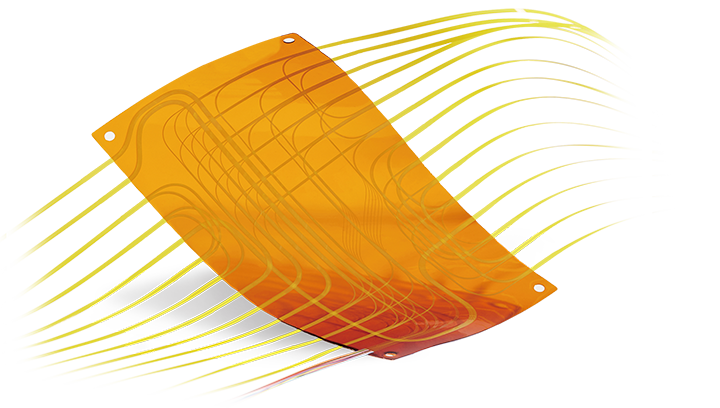 Fiber Optic Flex Circuit (FOFC)
Advanced Simulation & Optimization, High Positioning Accuracy, Flexible Customization, Rigorous Reliability Testing
Fiber Optic Flex Circuit (FOFC)
Advanced Simulation & Optimization, High Positioning Accuracy, Flexible Customization, Rigorous Reliability Testing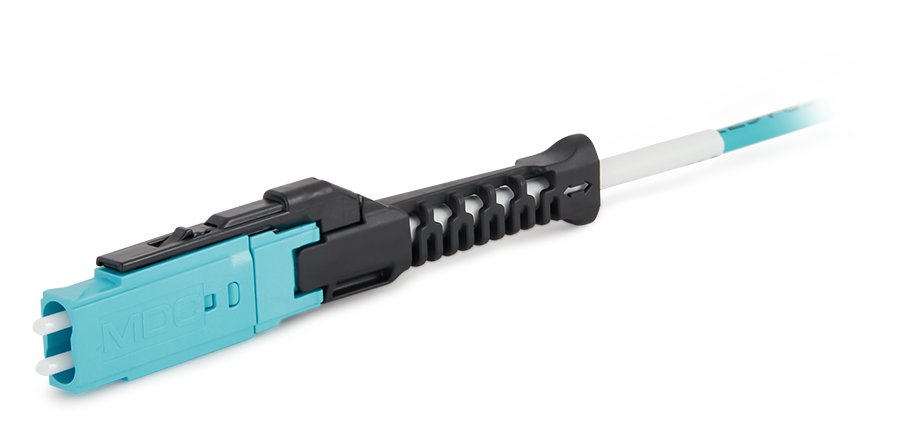 MDC Solution
US Conec's MDC connector is a Very Small Form Factor (VSFF) duplex optical connector, expertly designed for terminating single-mode and multimode fiber cables with diameters up to 2.0mm.
MDC Solution
US Conec's MDC connector is a Very Small Form Factor (VSFF) duplex optical connector, expertly designed for terminating single-mode and multimode fiber cables with diameters up to 2.0mm.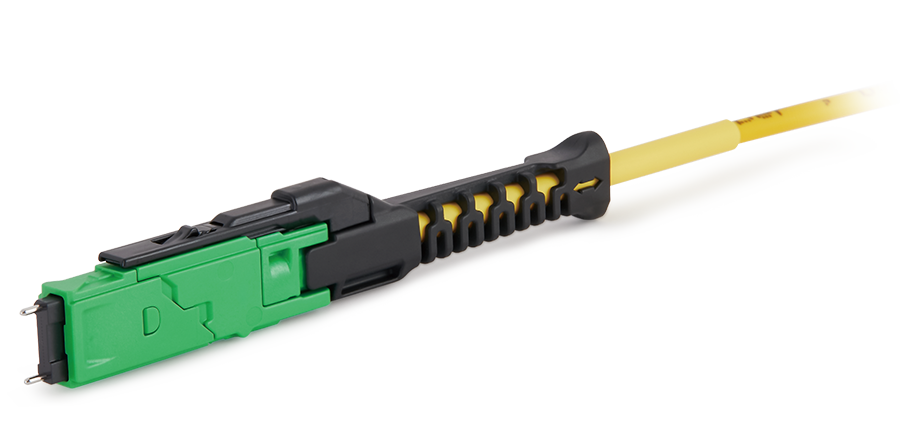 MMC Solution
US Conec's Very Small Form Factor (VSFF) multi-fiber optical connector that redefines high-density connectivity with its cutting-edge TMT ferrule technology and intuitive Direct-Conec™ push-pull boot design.
MMC Solution
US Conec's Very Small Form Factor (VSFF) multi-fiber optical connector that redefines high-density connectivity with its cutting-edge TMT ferrule technology and intuitive Direct-Conec™ push-pull boot design. EN
EN
 jp
jp  fr
fr  es
es  it
it  ru
ru  pt
pt  ar
ar  el
el  nl
nl 

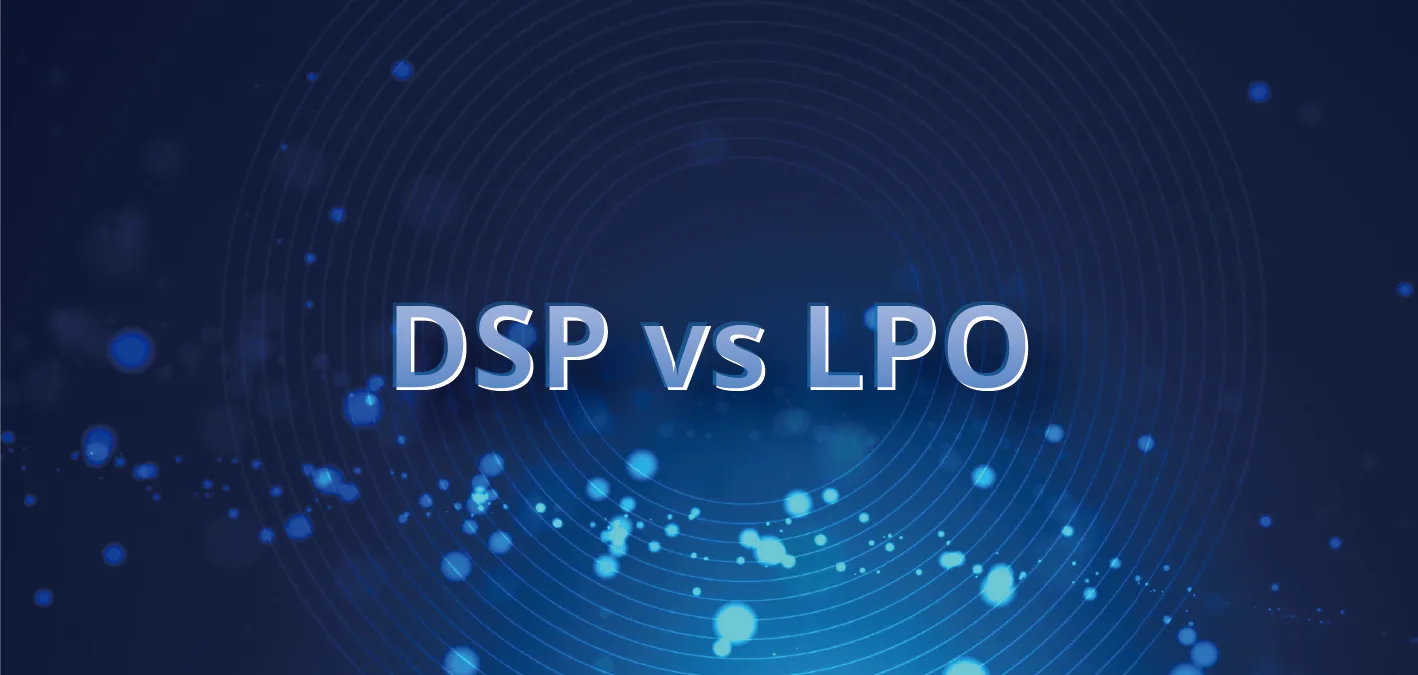
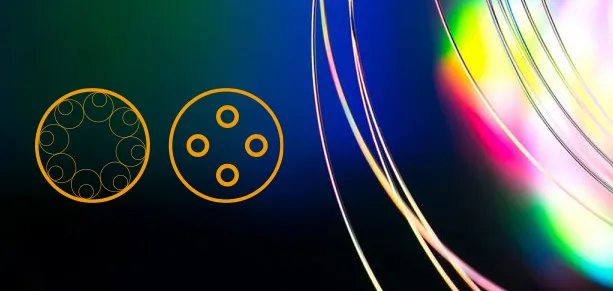
_and_High-Reflection_(HR)_Optical_Coatings.webp)
